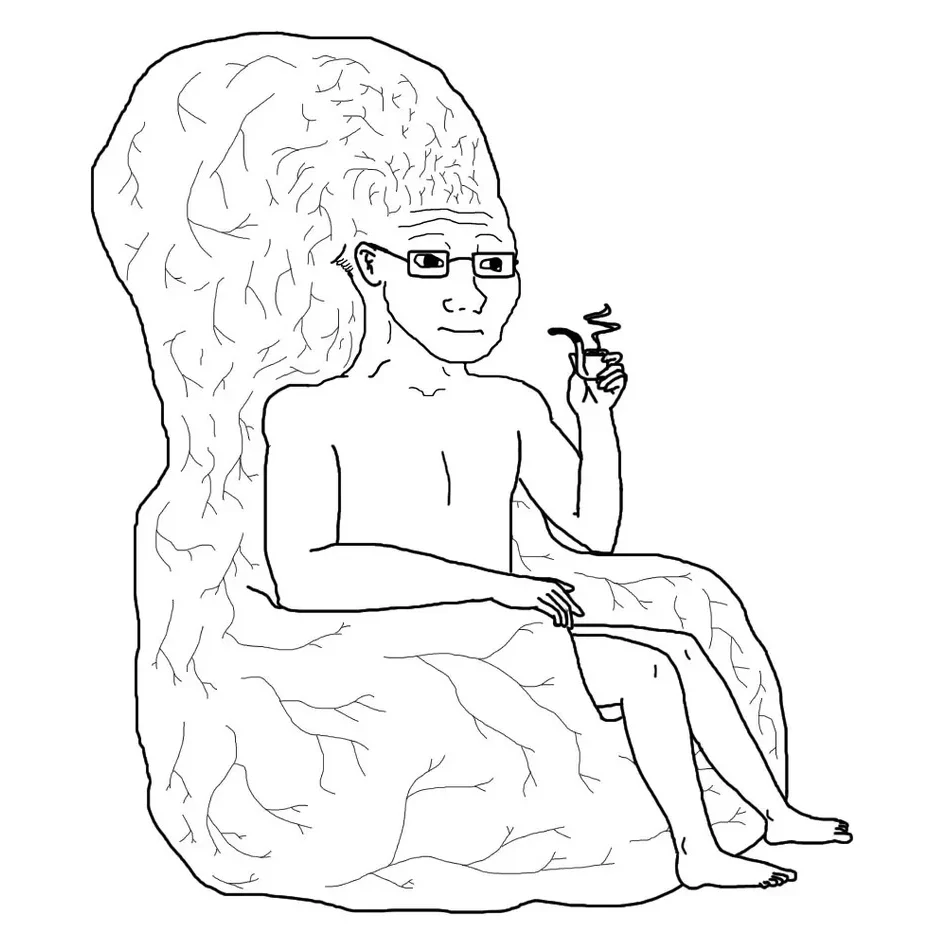Tezos (XTZ): A Deep Dive into Its Unique Blockchain Features
Introduction to Tezos
In the ever-evolving landscape of cryptocurrencies, Tezos has emerged as a noteworthy contender, captivating the attention of developers and investors alike. Launched in 2018, Tezos is not merely another blockchain; it is a self-amending blockchain that aims to facilitate smart contracts and decentralized applications (dApps) while promoting governance and scalability. But what exactly sets Tezos apart from the plethora of cryptocurrencies available today?
The Underlying Technology
At its core, Tezos operates on a unique proof-of-stake consensus mechanism, which distinguishes it from traditional proof-of-work blockchains like Bitcoin. In a proof-of-work system, miners compete to solve complex mathematical puzzles to validate transactions, consuming substantial energy in the process. In contrast, Tezos allows users to “bake” their tokens, a term used to describe the process of validating transactions and creating new blocks. This method is not only more energy-efficient but also promotes a more democratic approach to network security.
The concept of baking in Tezos is intertwined with its proof-of-stake mechanism, whereby token holders can delegate their tokens to bakers without relinquishing ownership. This delegation process encourages community participation, as more participants can engage in the network without requiring extensive technical knowledge or resources. By enabling users to stake their tokens, Tezos fosters a more inclusive ecosystem while ensuring security and stability.
Governance: A Self-Amending Blockchain
One of the standout features of Tezos is its built-in governance model. Unlike many blockchain projects that require hard forks to implement changes or upgrades, Tezos has established a self-amending mechanism that allows for seamless updates. This governance model empowers token holders to vote on proposed amendments to the protocol, ensuring that the community has a voice in the network’s evolution.
When a proposal is made, it undergoes a thorough vetting process that includes a testing phase, allowing the community to assess its viability before voting takes place. If approved, the changes can be implemented without the disruptive effects often associated with hard forks. This innovative approach not only enhances Tezos’s adaptability but also promotes a sense of ownership among its users.
Smart Contracts and dApps: The Tezos Advantage
Tezos is designed to support smart contracts and decentralized applications, enabling developers to build a wide range of solutions on its platform. What distinguishes Tezos’s smart contract capabilities is its emphasis on formal verification, a process that mathematically proves the correctness of the code. This feature is particularly beneficial for applications that require a high degree of reliability and security, such as financial services and supply chain management.
The formal verification process allows developers to identify and rectify potential vulnerabilities before deployment, significantly reducing the risk of exploits and hacks. As the demand for secure and robust dApps continues to grow, Tezos positions itself as a viable solution for developers seeking a reliable platform.
The Michelson Language
To facilitate smart contract development on its blockchain, Tezos utilizes a unique programming language called Michelson. Designed specifically for Tezos, Michelson is a low-level stack-oriented language that enhances the formal verification process. While it may be less accessible for novice developers compared to higher-level languages, Michelson’s structure allows for precise control over the execution of smart contracts.
For developers looking for a more user-friendly experience, Tezos also supports higher-level languages such as SmartPy and Ligo. These languages abstract some of the complexities of Michelson while still allowing developers to leverage the benefits of the Tezos blockchain.
Tokenomics: The Role of XTZ
The native cryptocurrency of the Tezos ecosystem is XTZ, which plays a crucial role in the network’s functionality. XTZ serves multiple purposes, including facilitating transactions, paying for gas fees associated with smart contracts, and participating in the governance process through staking and delegation. The distribution model of XTZ is designed to incentivize early adopters and promote community engagement, contributing to the overall health of the ecosystem.
Moreover, Tezos employs an inflationary model to reward bakers and delegators, ensuring that they are compensated for their contributions to network security. This model encourages participation while providing a mechanism for the continuous growth of the ecosystem.
Interoperability and Future Potential
As the cryptocurrency market matures, the need for interoperability among different blockchain networks becomes increasingly apparent. Tezos has recognized this necessity and is actively exploring ways to enhance its interoperability with other blockchains. By facilitating cross-chain communication, Tezos aims to create a more cohesive ecosystem where dApps can seamlessly interact with various networks.
Furthermore, Tezos’s commitment to sustainability and energy efficiency positions it as an attractive option for developers and enterprises looking to adopt blockchain technology. As the world grapples with environmental concerns, the ability of Tezos to operate on a proof-of-stake mechanism without the excessive energy consumption associated with proof-of-work systems sets it apart as a forward-thinking solution.
Real-World Applications
Tezos’s unique features have attracted a diverse array of projects and collaborations, showcasing its potential across various industries. In the art world, for instance, Tezos has become a popular choice for non-fungible tokens (NFTs), enabling artists and creators to mint, trade, and showcase their digital artwork. The platform’s low transaction fees and efficient processing times make it an appealing option for artists looking to enter the NFT space.
Additionally, Tezos has made strides in the finance sector, with several DeFi projects leveraging its blockchain to create decentralized financial solutions. The combination of formal verification and a robust governance model positions Tezos as a secure and adaptable platform for financial applications, addressing the growing demand for transparency and reliability in the DeFi landscape.
The Community and Ecosystem
A cryptocurrency’s success often hinges on the strength of its community, and Tezos is no exception. The Tezos community is diverse and engaged, comprising developers, investors, and enthusiasts who are passionate about the platform’s potential. Through various initiatives, including hackathons, educational resources, and grants, Tezos fosters a collaborative environment that encourages innovation and development.
Moreover, the Tezos Foundation plays a pivotal role in supporting the ecosystem, providing funding and resources to projects that align with its vision. This commitment to nurturing the community has resulted in a vibrant ecosystem poised for growth.
Challenges and Considerations
While Tezos presents a compelling case for adoption, it is not without its challenges. The complexity of its programming language, Michelson, may deter some developers, particularly those accustomed to higher-level languages. Additionally, the competitive landscape of blockchain technology means that Tezos must continually innovate to maintain its relevance.
Moreover, the governance model, while a strength, can also be a double-edged sword. The need for community consensus on protocol changes can lead to slower decision-making processes, potentially hindering the platform’s ability to respond swiftly to emerging trends or challenges.
Conclusion: The Future of Tezos
As the cryptocurrency landscape continues to evolve, Tezos stands out for its innovative approach to blockchain technology. With its self-amending governance model, energy-efficient proof-of-stake consensus, and emphasis on formal verification, Tezos offers a unique ecosystem for developers and users alike. While challenges remain, the potential for growth and real-world applications is undeniable.
In a world where digital transformation is accelerating, Tezos positions itself as a forward-thinking solution, ready to tackle the complexities of the future. As we move further into the blockchain era, Tezos may very well be a critical player in shaping the next chapter of decentralized technology.


